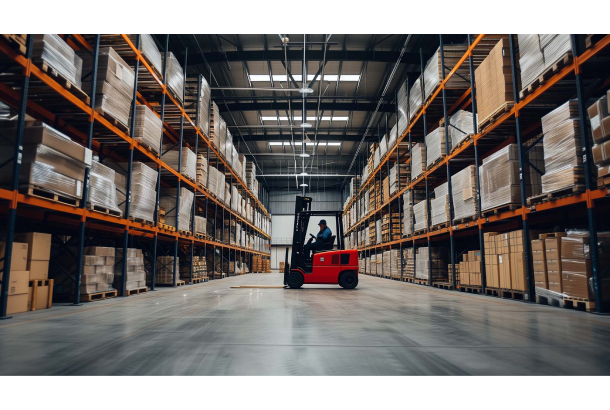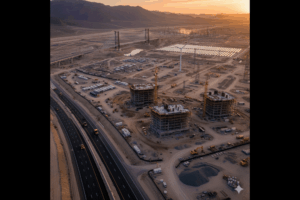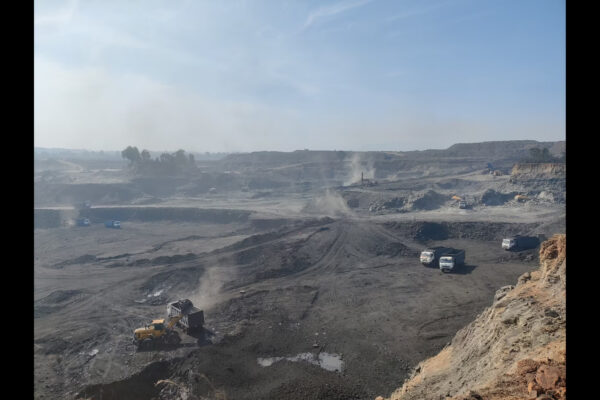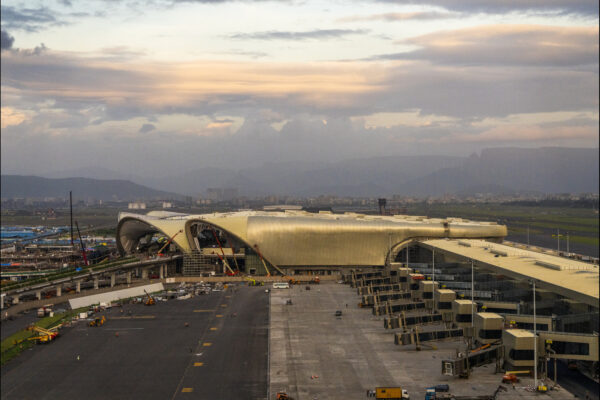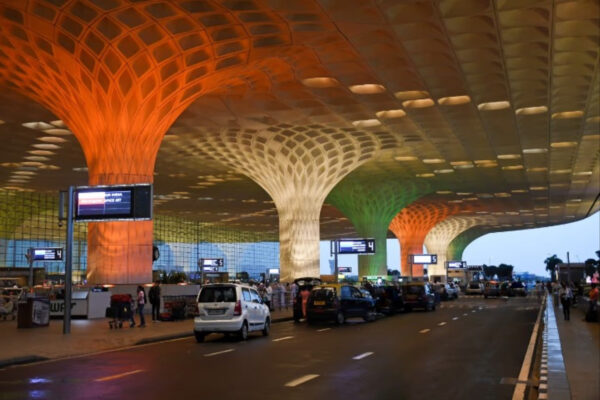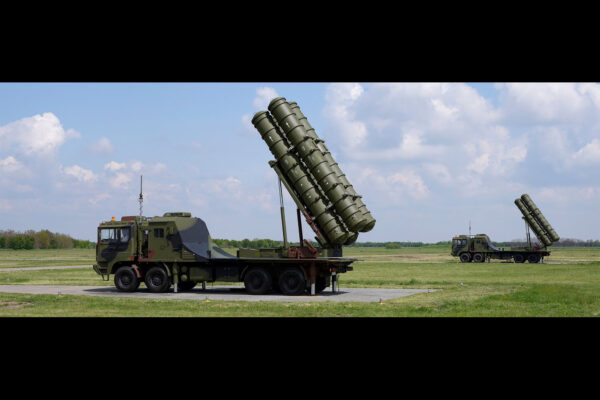How facial and image recognition transformed logistics: A seamless journey
by Dr. Ashvini Jakhar, Founder and CEO, Prozo
AI-driven transformation in logistics
For decades, logistics was a game of controlled chaos – long check-in lines for warehouse workers, misplaced inventory, stolen shipments, and inefficiencies that cost businesses billions annually. According to the World Bank, logistics inefficiencies contribute to nearly $1.8 trillion in global losses annually, while in India, inefficiencies result in $45 billion in annual losses, with up to 30% of perishable goods wasted due to supply chain mismanagement (ASSOCHAM). But what if precision, speed, and security could be built into every stage of the supply chain?
This is exactly what facial and image recognition technologies have done. No more manual ID verifications or misrouted shipments due to faulty barcode scans. AI-powered vision systems are making warehouses smarter, last-mile deliveries more secure, and supply chains significantly more efficient. According to McKinsey, AI-driven image recognition has reduced warehouse picking errors by up to 50%.
The benefits extend beyond just automations – these technologies are transforming security, compliance, and operational efficiency. Facial recognition enables role-based access control, ensuring that only authorized personnel access restricted zones, reducing internal theft and improving overall facility security. AI-powered workforce monitoring allows companies to track productivity in real time without invasive supervision, improving workflow accuracy by up to 30% (Gartner). Additionally, automated compliance checks through AI-driven vision systems help companies meet packaging and shipment quality standards, reducing the risk of regulatory penalties and product returns.
In India, Prozo has implemented facial recognition to enhance warehouse security. Similarly, Delhivery has integrated AI-powered scanning technologies to reduce barcode errors and automate package sorting, improving delivery accuracy and reducing misplacements. These implementations reflect how Indian logistics players are adopting AI vision technologies to gain a competitive edge.
Optimizing supply chain efficiency with AI
The impact of image recognition in logistics is even more profound. Traditionally, barcode scanning and RFID tagging were the gold standards for tracking shipments, but these methods are prone to human error – mislabelling, incorrect scans, and even damaged tags can disrupt the entire supply chain. AI-driven image recognition changes the game by automating inventory tracking. Advanced AI models can now scan packages, identify defects, and ensure compliance with packaging standards without manual intervention. This has significantly reduced error rates in fulfillment centers. According to McKinsey, AI-based image recognition reduces inventory misplacement errors by up to 70%.
Another key use case is in loading and unloading. AI-driven image recognition helps optimize space utilization in trucks and containers, ensuring logistics companies are not losing money due to inefficient packing. This, in turn, cuts transportation costs and carbon footprints – a critical consideration in today’s sustainability-driven world. Blue Dart is incorporating AI and IoT-based vision systems to improve shipment tracking and enhance space optimization in transportation, helping to reduce costs and improve delivery efficiency.
For logistics, it’s about the entire journey from first to last mile. Facial and image recognition technologies are bridging the gaps in visibility and accountability. For first-mile logistics, AI-powered systems verify the identity of truck drivers picking up shipments, reducing fraud and mis-deliveries. For last-mile deliveries, facial recognition helps verify recipients, reducing instances of stolen or misdelivered packages – especially in high-value e-commerce.
In fleet management, AI-driven cameras analyse road conditions and driver behaviours, reducing accidents and optimizing delivery routes. With these advancements, logistics players are moving from reactive problem-solving to proactive decision-making – something that was nearly impossible with traditional tracking methods.
Overcoming challenges and future prospects
Despite the clear benefits, there are also significant challenges. Facial recognition raises privacy concerns, with strict regulatory frameworks such as GDPR in Europe, PDPB in India, and CCPA in California enforcing stringent data protection laws. AI bias is another issue – studies have shown that facial recognition systems sometimes struggle with accuracy across different demographics.
Additionally, AI models for image recognition require vast datasets to achieve high accuracy, making adoption difficult for smaller logistics firms with limited resources. However, as AI technology advances and compliance frameworks evolve, companies that integrate AI-powered vision technologies today will gain a significant competitive edge in the future of logistics, ensuring greater efficiency, security, and precision in supply chain operations.

